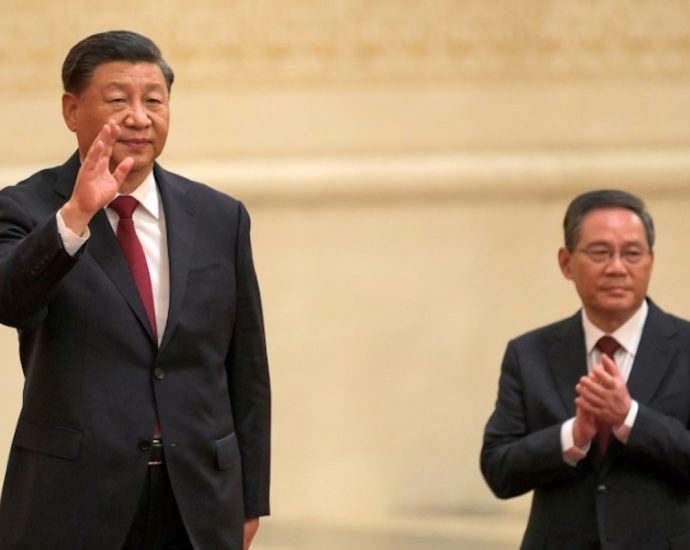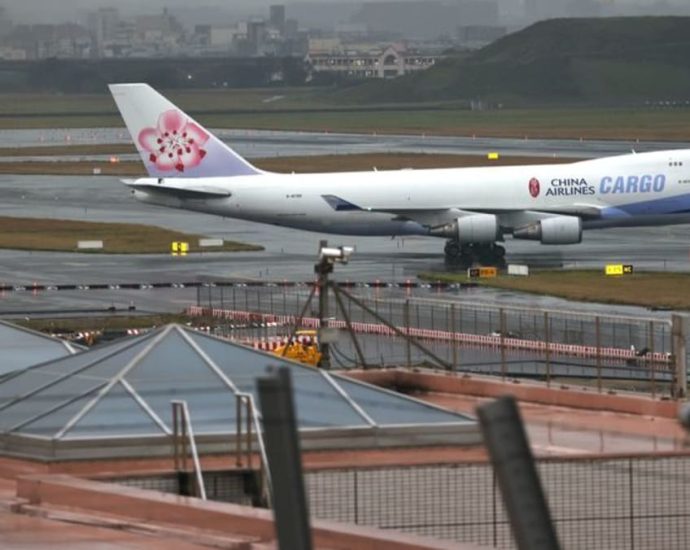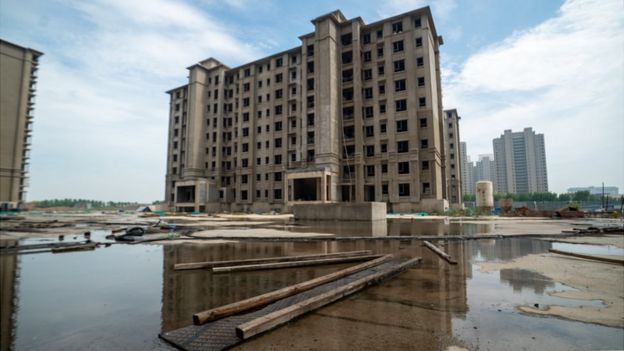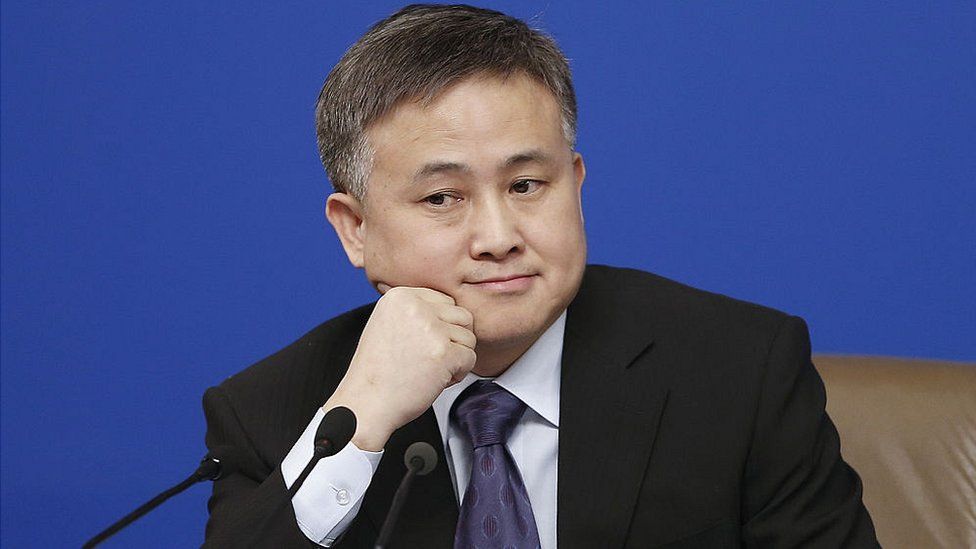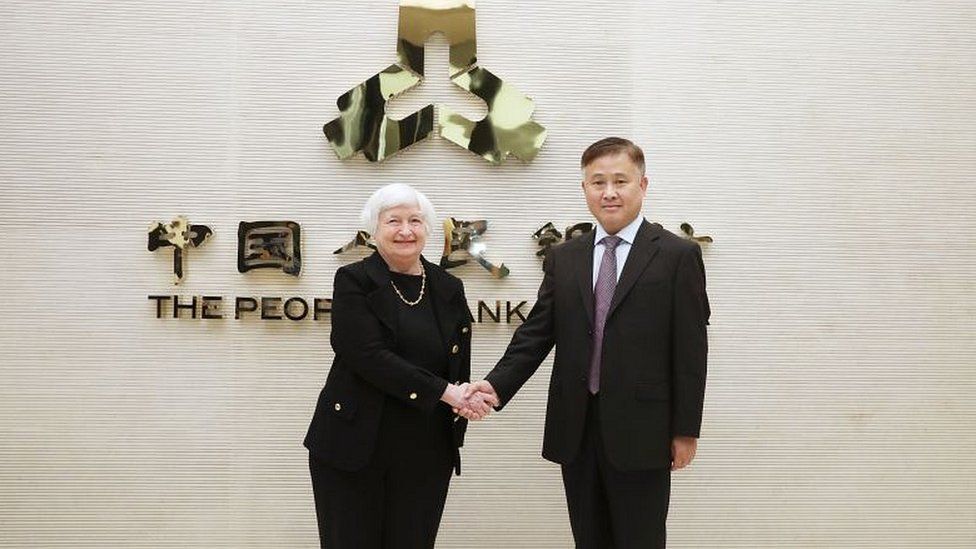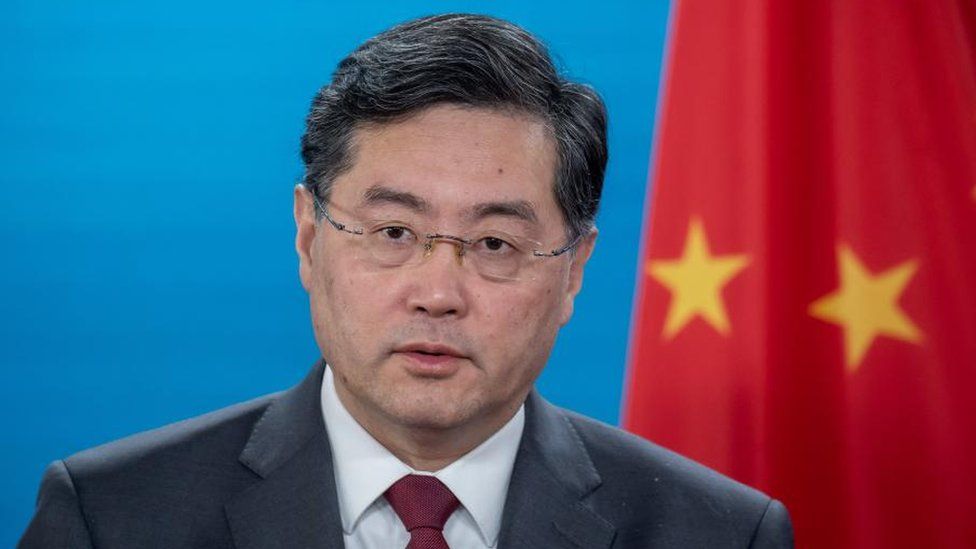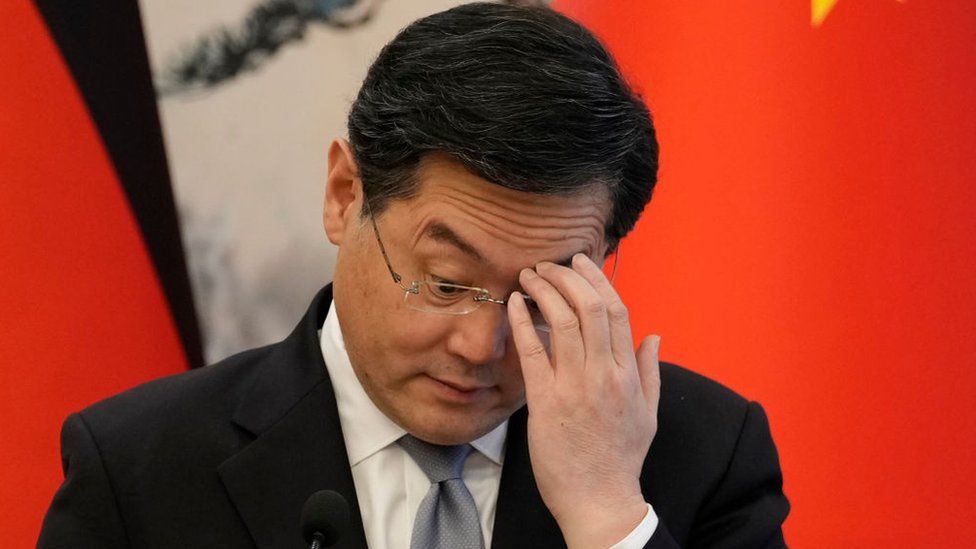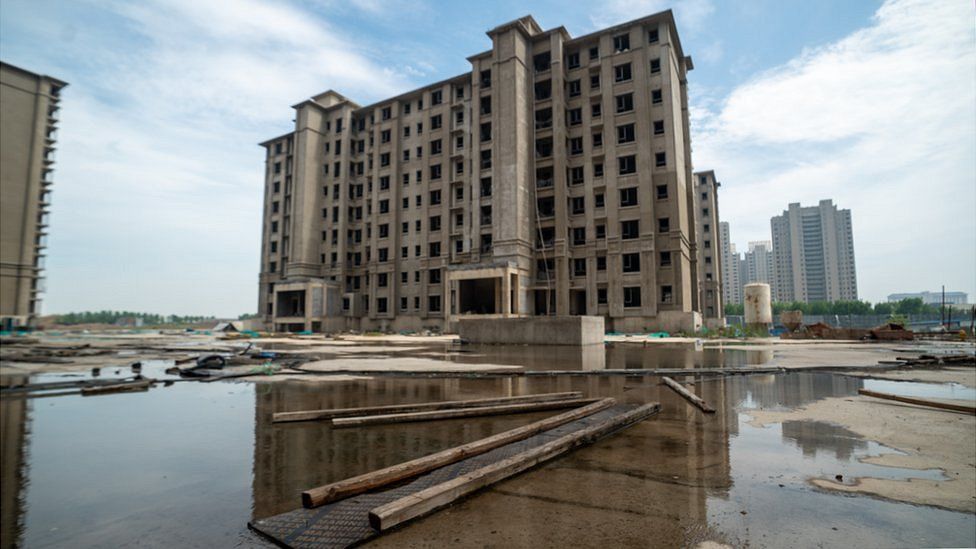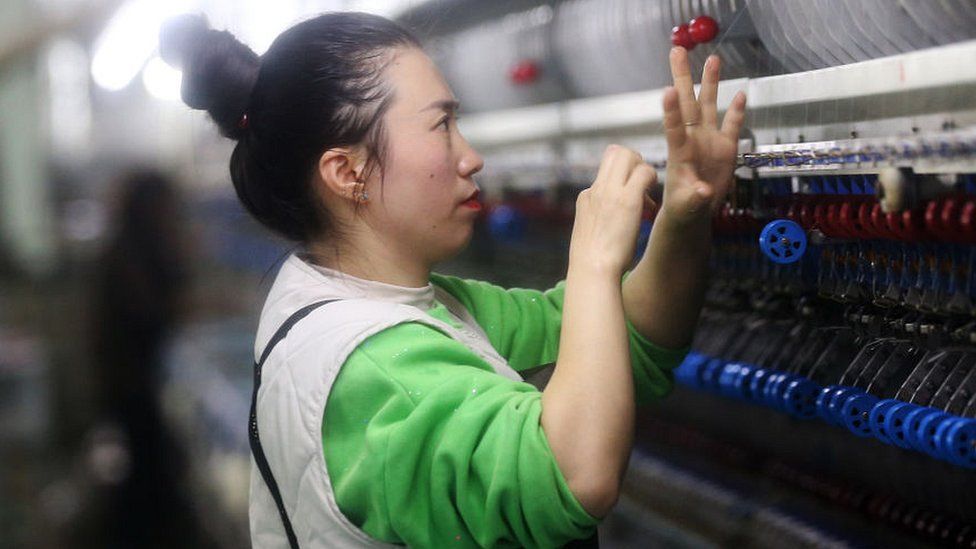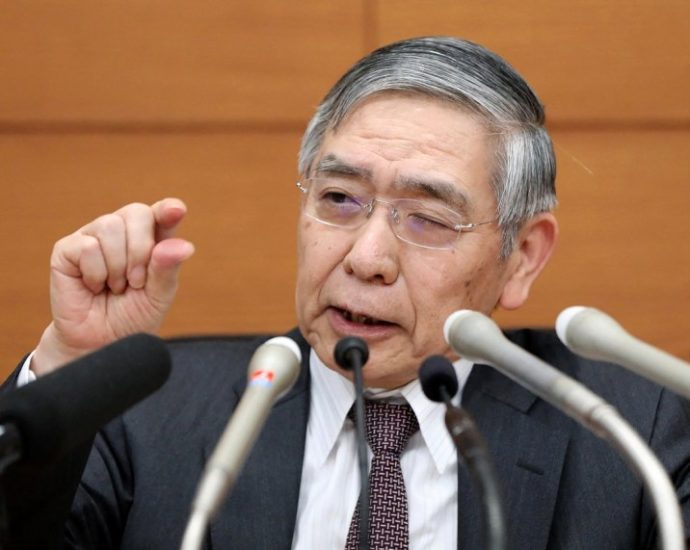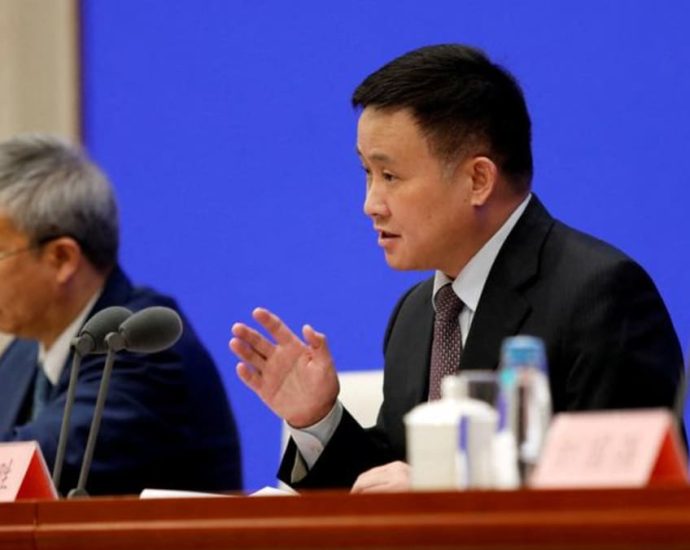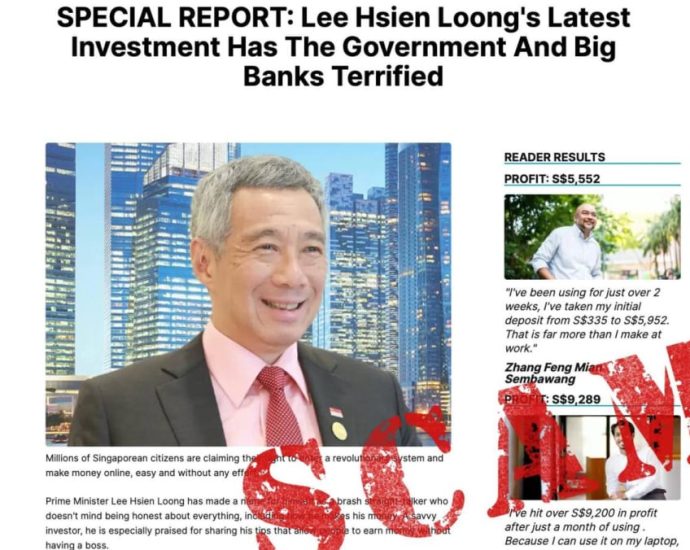Commentary: Tech solutions and loss sharing wonât be enough without vigilance against scams

Work on this framework has been ongoing since early 2022 but announcement of more concrete details has been repeatedly postponed. This is because the inclusion of third parties as an undefined and ever-expanding class beyond banks and telcos (as the CPF incidents illustrate) is always going to be tricky.
Should it also cover other similar institutions such as the Central Depository, mobile phone technology and social media platforms, dating sites, postal and courier services, or other parties whose shortcomings contribute to the leak of credentials?
Or when it comes to CPF funds and savings accounts, predominantly meant as retirement savings and possibly the last safety net for a segment of society, should there be a case for special treatment?
On Jul 4, the Ministry of Manpower said that insurance schemes were not part of the shared responsibility framework, hours after the Manpower Minister Tan See Leng suggested the government was considering insurance to protect CPF members.
One should note that the framework is expected to promote shared responsibility to avoid the moral hazard of users simply washing their hands off responsibility for their own actions. Internationally, this area is very much a work in progress.
In the United Kingdom, the Contingent Reimbursement Model has operated in the last four years as a voluntary code adopted mainly by the big banks to reimburse scam victims. Historically, it has paid about 50 per cent of the reported losses.
The United States is also studying this model while Australia is believed to be studying one similar to Singapore’s.
CYBER CRIMINALS DON’T STAND STILL
In the meantime, it is clear that cyber criminals are not standing still. They will continue to evolve, looking for new human weaknesses and technological vulnerabilities.
In some reported cases, cyber scams have been linked to human trafficking by deceiving victims to travel to foreign locations; others have deployed deep fake voice and video technology to fool victims.
Where scammers will strike tomorrow is anyone’s guess. Therefore, no single measure can be the panacea for this scourge.


